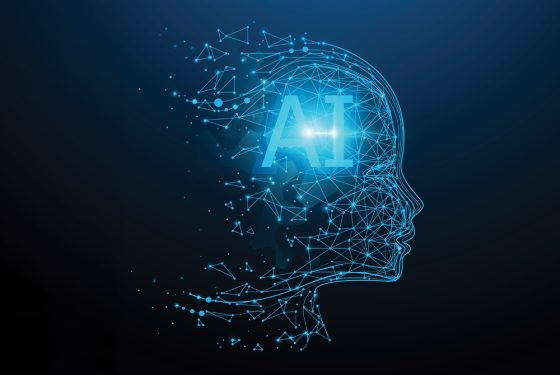The ITUC has released a new report on the impacts of artificial intelligence (AI) on working people, with a clear call for trade unions to be (…)
Evaluation of Artificial Intelligence's Ability to Explore Literature on Orthopedic Navigation and Related Surgical Anatomy
Introduction
Artificial intelligence has recently garnered increased research interest in orthopedics; yet, its role in the exploration of orthopedic literature remains unknown. We aimed to e…
What artificial intelligence (AI) can tell us about Nasoalveolar Molding (NAM)?
Background The aim of this study was to evaluate the accuracy, reliability and comprehensibility of information about Nasoalveolar Molding (NAM) provided by artificial intelligence (AI). Methods A cross-sectional content analysis was conducted on the responses generated by ChatGPT-4 (OpenAI LLC, San Francisco, CA, USA), Gemini (Alphabet Inc., Mountain View, CA, USA) and Copilot (Microsoft Corporation, Redmond, WA, USA). In total, 11 domains and 129 questions were generated, and the answers received by the AI models were evaluated. Descriptive statistics were applied. The Pearson chi-square test was used to test the relationships between categorical variables when the sample size assumption was met, and Fisher’s exact test was used when the sample size assumption was not met. Analyses were performed via the IBM SPSS 27 (IBM Corp. Armonk, NY, USA) program. Results There was no statistically significant difference between the AI types and the responses given (p > 0.05). However, a significant difference was found between AI types only in the ‘Soft tissues’ domain (p = 0.013), where ChatGPT-4 gave completely ‘Objectively True’. When each AI type was evaluated separately, the answers of the “Knowledge/Information” domain in all the models were significantly different from those of the other domains (ChatGPT-4: p=0.003, Gemini: p=0.044, Copilot: p
Proposed AI data centers in Southeast Michigan spark debate across communities
A few years ago, massive data centers — the kind fueling artificial intelligence and streaming services — felt like something happening in other parts of the country — like Silicon Valley.
How Mario Kart is helping researchers at U.Md. develop and train AI
Researchers at the University of Maryland are using Mario Kart to train artificial intelligence and guide the future of autonomous driving.
How is AI being used to create disturbing images of children? A Philadelphia professor explains.
Alibaba Says It Has Broken Even on AI Spending in Retail Operations
Alibaba Group said its artificial intelligence (AI) spending in core eCommerce operations is already breaking even, marking a rare point of measurable
Doom Modding Split: GZDoom Forks into UZDoom Over AI Code Controversy
A schism in the Doom modding community arose when GZDoom’s lead developer, Graf Zahl, incorporated ChatGPT-generated code, sparking concerns over bugs, GPL violations, and autocratic leadership. This prompted key contributors to fork the project into UZDoom, promising democratic governance and AI-free development. The rivalry may ultimately benefit players through innovation.
App Delivers Yield Predictions Via Remote Sensing and Artificial Intelligence
With at least 95% accuracy at key estimate timings in late July and early August, Growmark’s myFS agronomy platform gives its retail advisors and farmers new insights.
If You Think AI’s A Bubble, You’re Already Late
The real AI opportunity is already underway while skeptics are still arguing about bubbles.







